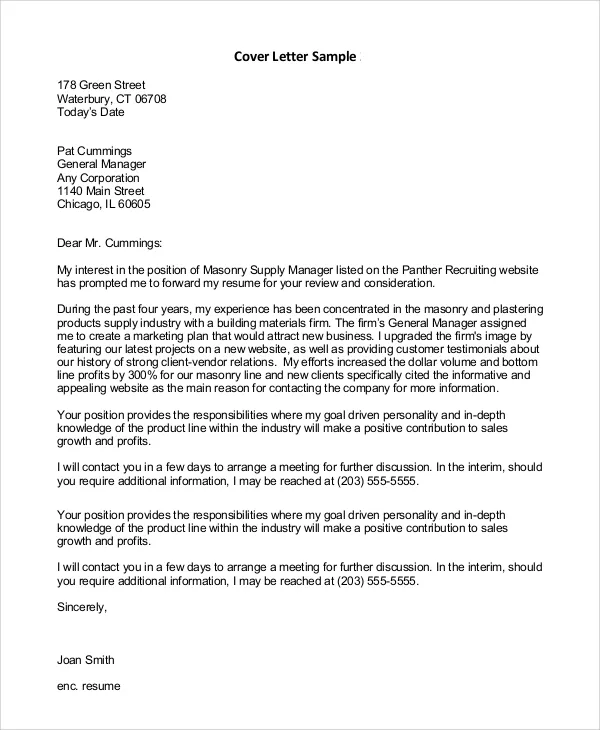What is a Resume Cover Letter?
A resume cover letter is a crucial document that accompanies your resume when applying for a job. It serves as a personalized introduction to the hiring manager, providing context to your application and highlighting your qualifications. Unlike your resume, which is a factual summary of your skills and experience, the cover letter allows you to express your personality, demonstrate your enthusiasm for the role, and explain why you are the perfect fit for the company. The cover letter gives you the opportunity to tell a story about your career and connect your experiences to the specific requirements of the job.
Why is a Cover Letter Important?
In today’s competitive job market, a cover letter is often the key to standing out from the crowd. It’s an opportunity to make a strong first impression and convince the hiring manager to read your resume. Many employers consider a well-written cover letter a mandatory requirement for job applications. Without a cover letter, your application might be immediately dismissed. A well-crafted cover letter demonstrates your communication skills, your understanding of the role, and your genuine interest in the company. It also provides a space to address any potential gaps in your resume and emphasize your unique value proposition.
Key Components of a Cover Letter
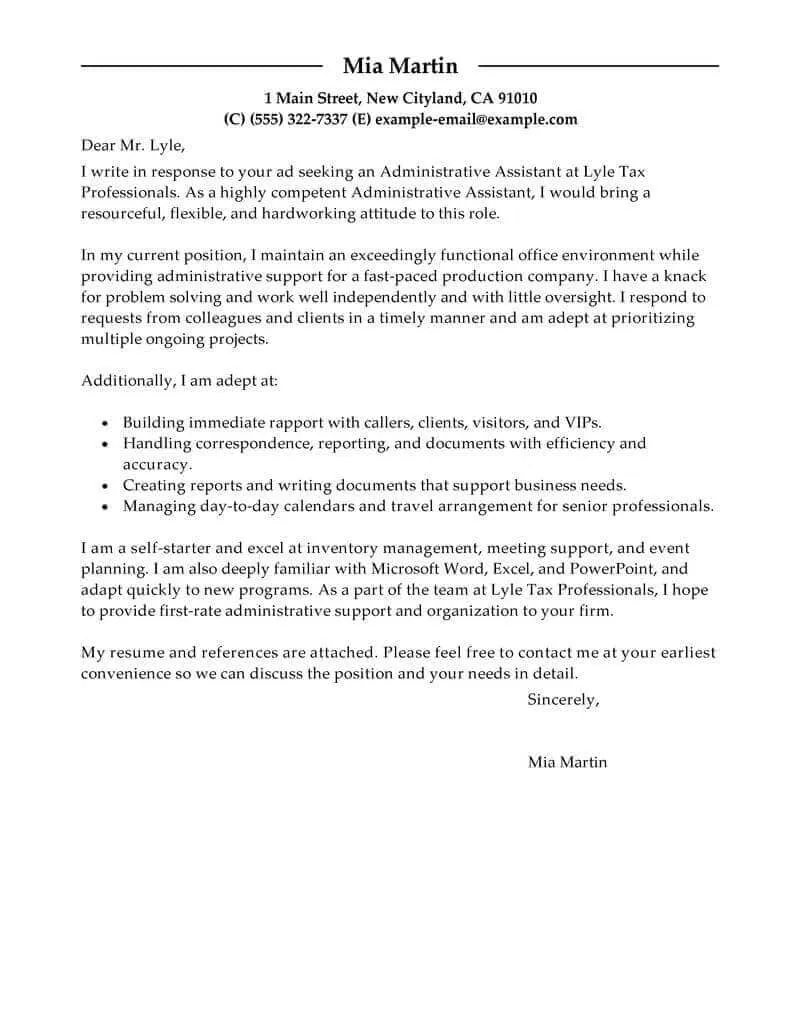
A compelling cover letter has several core components that work together to create a cohesive and impactful message. Each section plays a critical role in persuading the hiring manager to consider your application. Remember to keep it concise and tailor each section to the specific job you are applying for, highlighting how your skills and experience align with the job description. This includes the contact information, the date and recipient details, the greeting, the introduction paragraph, the body paragraphs, the closing paragraph, and the call to action.
Your Contact Information
At the top of your cover letter, include your contact information, like your name, phone number, email address, and optionally your LinkedIn profile URL. Make sure that the contact information is accurate and current. It is essential that the information is easily accessible and matches the contact information on your resume. This information allows the hiring manager to quickly and easily reach out to you. Ensure your email address is professional; avoid using childish or unprofessional email handles.
Date and Recipient Details
Below your contact information, include the date and the recipient’s details. Include the current date, then the hiring manager’s name, their title, and the company’s address. If you are unsure of the hiring manager’s name, research the company’s website or LinkedIn to find out. If you cannot find the hiring manager’s name, use a professional greeting like ‘Dear Hiring Manager’. This attention to detail shows you have done your research and are serious about the position. Proper formatting shows you’re serious about the role.
Greeting the Hiring Manager

The greeting sets the tone for your entire cover letter. Begin with a professional greeting such as ‘Dear Mr./Ms./Mx. [Last Name]’ if you know the hiring manager’s name. Using the correct name is a sign of respect and shows you have taken the time to find out the details. If you are unsure of the hiring manager’s name, a general greeting like ‘Dear Hiring Manager’ or ‘Dear [Company Name] Hiring Team’ is acceptable. Avoid generic greetings such as ‘To Whom It May Concern,’ as they can appear impersonal and show a lack of effort.
The Introduction Paragraph
Your introduction paragraph should immediately grab the hiring manager’s attention. Start by stating the specific position you are applying for and where you found the job posting. Briefly mention your most relevant qualifications or accomplishments. Clearly express your enthusiasm for the role and the company. The introduction is your first chance to make a positive impression and set the stage for the rest of your letter. Your introduction should create immediate interest and compel the hiring manager to continue reading, establishing your intentions and excitement for the opportunity.
Expressing Interest and Mentioning the Position
In the first sentence of your introduction, clearly state the position you are applying for. This ensures that the hiring manager immediately understands the purpose of your letter. Mention where you found the job posting (e.g., job board, company website, referral). This detail demonstrates your attentiveness. For example, you might write, ‘I am writing to express my enthusiastic interest in the Marketing Manager position advertised on LinkedIn.’ This direct approach immediately informs the reader of your intent.
Body Paragraphs
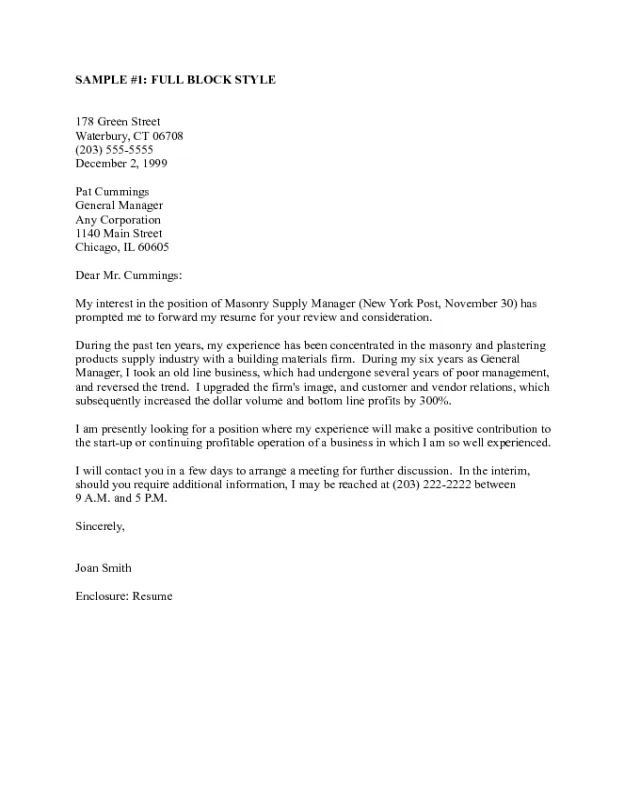
The body paragraphs form the core of your cover letter. They should showcase your skills, experiences, and how they align with the job requirements. Use this section to delve deeper into your qualifications, providing specific examples that demonstrate your accomplishments. Tailor your content to match the job description and highlight the most relevant experiences. Each paragraph should focus on a different aspect of your qualifications, providing a detailed explanation of your value. Keep the paragraphs concise and focused. Avoid repeating information from your resume; instead, use the cover letter to expand on relevant details. This section allows you to demonstrate your capacity and explain the benefits to the company if you are selected.
Highlighting Relevant Skills and Experiences
In your body paragraphs, focus on the skills and experiences most relevant to the job. Review the job description carefully and identify the key requirements. Then, describe how your previous experiences have prepared you for this role. Mention specific projects, tasks, or achievements that showcase your abilities. Use action verbs to demonstrate your accomplishments and quantify your results whenever possible. For example, instead of saying ‘Managed social media,’ say ‘Increased social media engagement by 30% within six months.’ This detail makes your application more compelling and demonstrates your potential.
Providing Specific Examples and Quantifiable Results
Use your body paragraphs to provide concrete examples of your accomplishments and quantify your results whenever possible. Numbers are a powerful way to demonstrate your impact. For instance, instead of saying ‘Improved customer service,’ you could say ‘Reduced customer complaint resolution time by 20%.’ This shows the tangible benefits you brought to your previous roles. When discussing your accomplishments, provide context and explain the steps you took to achieve those results. This helps the hiring manager understand your problem-solving skills and your ability to deliver results. The more specific you are, the more convincing your application will be. Quantifiable results greatly improve your application.
Tailoring Your Letter to the Job Description
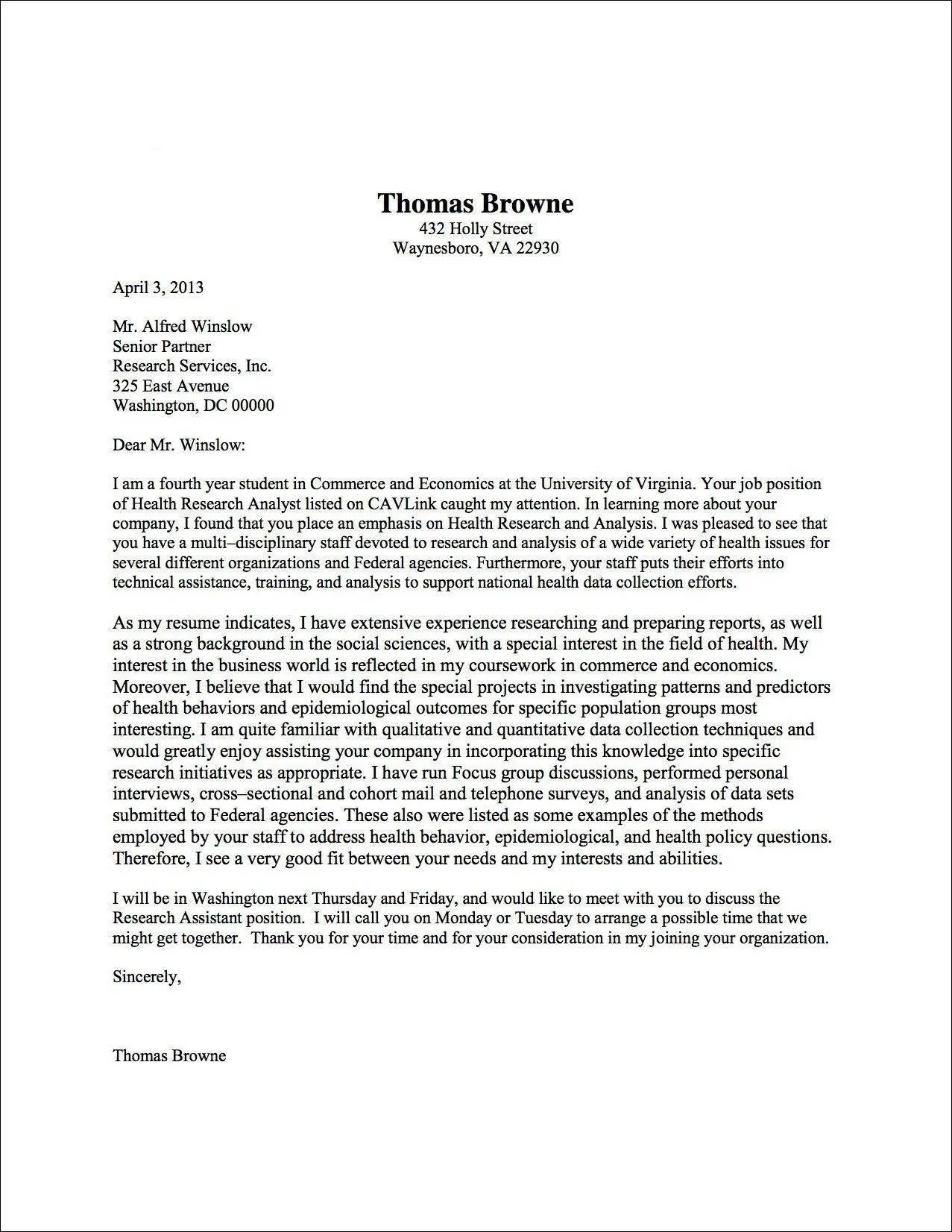
A generic cover letter that is sent to all companies is a missed opportunity. Tailor each letter to the specific job description and the company’s needs. Research the company and understand its values, mission, and recent projects. Then, highlight the skills and experiences that align with the job requirements and the company’s culture. Customize the language to reflect the company’s brand and use keywords from the job description. This shows the hiring manager that you have taken the time to understand the role and the company and that you are genuinely interested in the position. It demonstrates to the hiring manager that you are seriously considering the role and company values.
The Closing Paragraph
The closing paragraph should summarize your interest in the position and reiterate your enthusiasm for the opportunity. Thank the hiring manager for their time and consideration. Express your eagerness to discuss your qualifications further. This is the final chance to leave a positive impression and encourage the hiring manager to take the next step. A strong closing paragraph leaves the hiring manager with a positive and memorable impression. The closing paragraph should emphasize your willingness to engage in an interview.
Reiterating Your Interest and Expressing Gratitude
In your closing paragraph, reiterate your strong interest in the position and thank the hiring manager for their time. Briefly mention why you are excited about the opportunity and how it aligns with your career goals. Express your gratitude for their consideration and reiterate your enthusiasm. Something like, ‘Thank you for your time and consideration. I am very enthusiastic about the opportunity to contribute to [Company Name] and look forward to the possibility of discussing my qualifications further.’ This shows professionalism and respect.
Call to Action (e.g., Requesting an Interview)
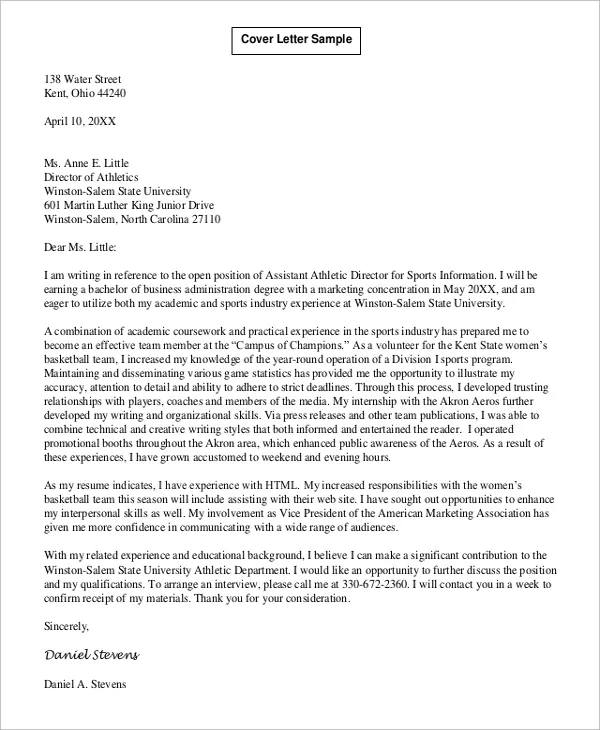
End your cover letter with a clear call to action, such as requesting an interview. State your willingness to discuss your qualifications further and your availability for an interview. Make it easy for the hiring manager to move forward by providing a direct call to action. For example, ‘I am eager to discuss how my skills and experience can benefit your team. I am available for an interview at your earliest convenience.’ This proactive approach increases your chances of getting noticed and selected for an interview.
Formatting and Design Tips
The formatting and design of your cover letter are just as important as its content. A well-formatted cover letter is easy to read and conveys professionalism. Ensure your cover letter is visually appealing, organized, and easy to navigate. Proper formatting increases the likelihood that the hiring manager will read and consider your application. Proper design and formatting can improve your application.
Font Choice and Readability
Choose a professional and readable font for your cover letter. Fonts like Times New Roman, Arial, Calibri, and Helvetica are excellent choices. Keep the font size between 10 and 12 points to ensure readability. Avoid using unusual fonts or overly stylized fonts, which can distract from the content. Maintain a consistent font throughout your letter. Ensure your font choice complements the overall tone of your application. Choose a professional font for all of your applications.
Length and Structure
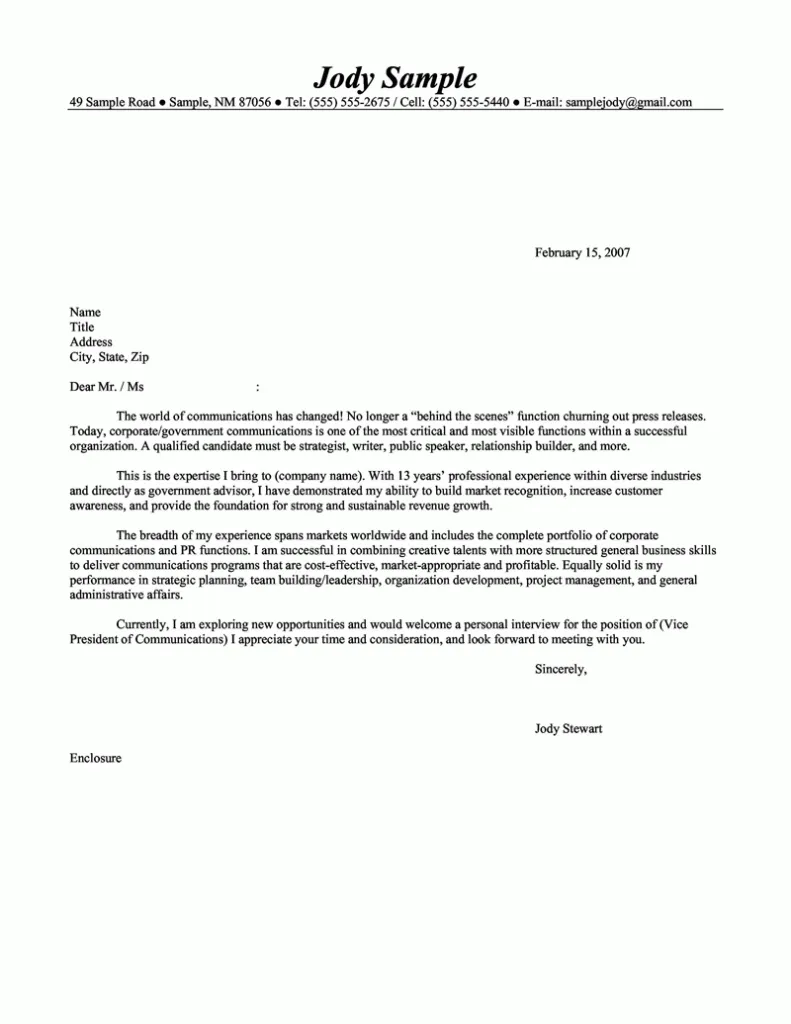
Aim for a cover letter that is concise and to the point, ideally no longer than one page. Use a clear and organized structure with well-defined paragraphs. Keep each paragraph focused on a single idea, making it easy for the hiring manager to follow your key points. Use bullet points or numbered lists to highlight key skills or accomplishments. Proper formatting will enhance your message. Ensure your writing is concise and easy to navigate. Keep your paragraphs brief and relevant.
Proofreading and Editing
Before submitting your cover letter, carefully proofread and edit it for any errors. Check for grammatical errors, typos, and spelling mistakes. These errors can undermine your credibility and create a negative impression. Read the letter aloud to check for flow and clarity. Ask a friend or family member to proofread your letter as well. Fresh eyes can often catch mistakes that you might have missed. Proofreading is key to the success of your application. Proper grammar and spelling will greatly improve your application.
Common Cover Letter Mistakes
Avoid these common cover letter mistakes to increase your chances of making a positive impression. These mistakes can seriously undermine your application. Being aware of them will help you to write a more compelling cover letter. Proofreading is key to ensure the application does not have any mistakes. Avoiding these mistakes will ensure your application is better.
Typos and Grammatical Errors
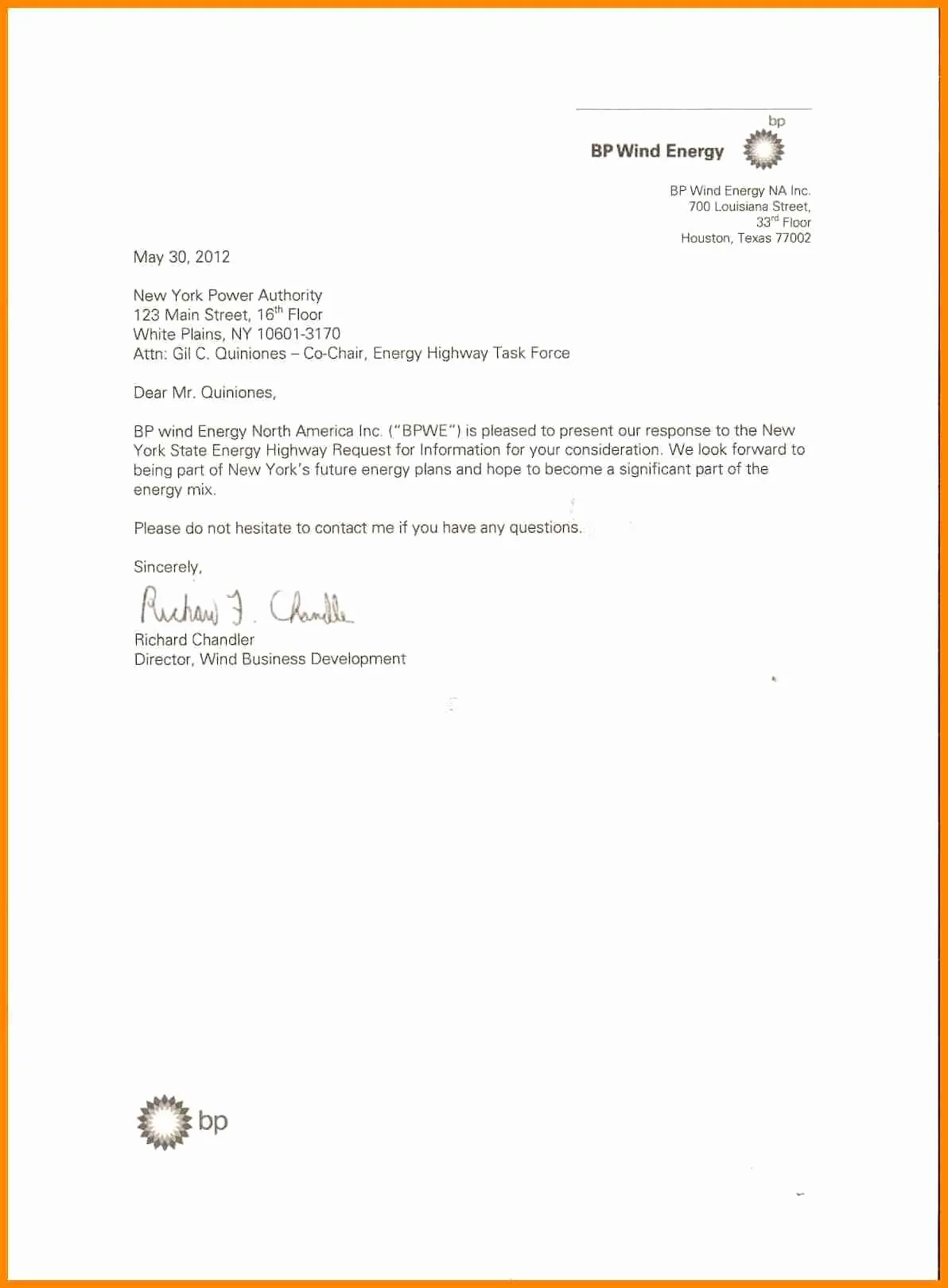
Typos and grammatical errors can immediately disqualify your application. Always proofread your cover letter multiple times before submitting it. Check for spelling errors, punctuation mistakes, and incorrect grammar. These errors can make you appear careless and unprofessional. Read your letter aloud to catch any mistakes. Ask someone else to proofread your letter for a fresh perspective. Check for typos and grammatical errors prior to submitting your cover letter.
Generic or Unenthusiastic Language
Avoid using generic or unenthusiastic language. Tailor your cover letter to the specific job and the company. Show your genuine interest in the role and the company. Use action verbs and specific examples to demonstrate your enthusiasm and accomplishments. Avoid phrases like ‘I am writing to apply…’ which is generic. Instead, start with a strong opening sentence that expresses your interest and excitement. Replace generic phrases with specific details. Express genuine interest and enthusiasm.
Focusing on Yourself Too Much
While it’s important to highlight your skills and experiences, avoid focusing solely on yourself. Instead, focus on what you can bring to the company and how you can contribute to their success. Show how your skills align with the job requirements and how you can help them achieve their goals. Emphasize the value you can provide to the company, not just your own needs. Tailor your letter to focus on the company’s needs and goals.
Resume Cover Letter Examples and Templates
Using resume cover letter examples and templates can significantly help you craft a compelling and professional cover letter. These resources can guide you in formatting, structuring, and writing content that effectively showcases your skills and experience. Examples provide a clear understanding of how to tailor the letter to specific jobs. Templates offer a framework, making it easier to get started and ensuring you include all the necessary information. Here are some examples, and a template that you can download.
Example 1 Entry Level
This example is designed for individuals with limited work experience, such as recent graduates or those new to the job market. The focus is on academic achievements, internships, volunteer work, and transferable skills. The tone is enthusiastic and highlights potential, along with relevant skills. This example aims to demonstrate potential to employers.
Example 2 Professional
This example is designed for experienced professionals. It focuses on past accomplishments, leadership skills, and industry-specific knowledge. The tone is confident, and the content demonstrates a track record of success. This example uses quantifiable results to showcase impact.
Example 3 Career Change
This example is designed for individuals transitioning to a new career field. It emphasizes transferable skills, relevant experiences, and a clear rationale for the career change. The tone is adaptable, and the content bridges the gap between past experiences and the desired role. It also explains how your experiences align with the role, showing your dedication.
Cover Letter Template Download
Download a customizable cover letter template to help you get started. The template provides a structure that you can adapt to your needs, ensuring that you include all the necessary information. By using a template, you save time and ensure your cover letter is well-formatted and professional. The template can be adapted to a multitude of roles and industries. Download the template and customize to your needs.
Tips for Success
Following these tips will increase your chances of writing a successful cover letter. These tips cover key areas, from research to the application process. Utilizing these tips will ensure that your application stands out. These tips will enhance the strength of your application.
Research the Company
Before writing your cover letter, thoroughly research the company. Understand their mission, values, and recent projects. Tailor your letter to align with their goals and demonstrate your understanding of their needs. Show that you have taken the time to understand the company and are genuinely interested in the position. Use the company’s website, social media profiles, and industry news to gather information. This research demonstrates to the hiring manager that you are serious about the role and are interested in the company.
Showcase Your Personality
While maintaining professionalism, let your personality shine through in your cover letter. Use a tone that reflects your enthusiasm for the role and the company. Use a confident and authentic voice to make your application more memorable. Avoid being overly formal or robotic. Showcasing your personality helps the hiring manager get a sense of who you are and whether you would be a good fit for their team. Let your personality be visible.
Follow Up After Submission
After submitting your application, follow up with the hiring manager or the recruiter. Send a brief email a week or two after submitting your application to inquire about the status of your application. This demonstrates your continued interest in the position and your proactive approach. Thank them for their time and reiterate your enthusiasm for the opportunity. Be polite and respectful, and show that you are genuinely interested in the role. Follow up to show your interest and passion for the role.
